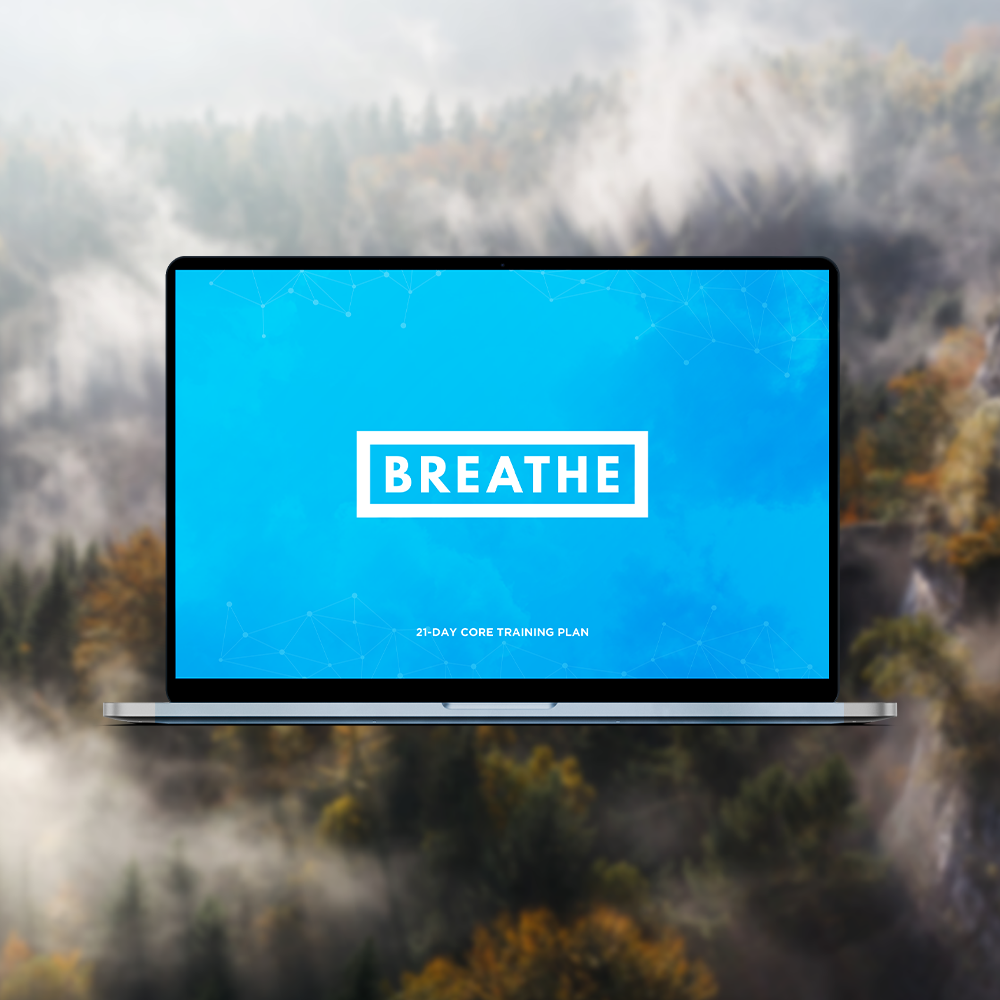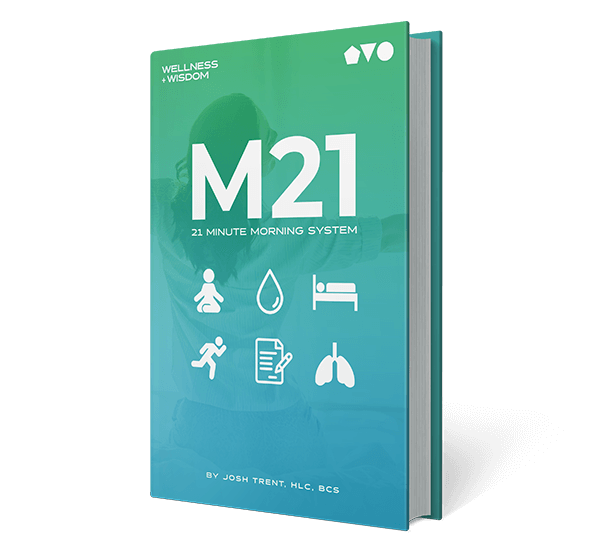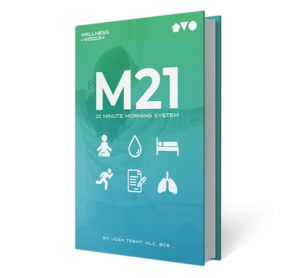Globally, while the US spends the most on the healthcare system, it still falls behind in life expectancy ratings, according to the latest trends of the DoFasting Healthy Aging Index.
UAB Kilo Grupe’s company DoFasting recorded Utah and Colorado as the healthiest states for the elderly to live in. West Virginia and Mississippi ranked last – 49 and 50, respectively – on this index evaluating population aging among the American states based on five core pillars.
We are currently underway in the UN’s Decade of Health Aging (2021–2030). More than a billion people are currently over the age of 60, and a lot of these people are still working. Reasons range from inadequate pension to a desire to continue working.
However, workplaces are not adequately equipped to handle the aging population. What factors contribute to healthy aging and ways workplaces can boost healthy aging for their employees?
Table of Contents
Healthspan vs. lifespan: what’s the difference?
 Lifespan is the duration for which we are alive. However, healthspan refers to the number of these years we are healthy, free from chronic diseases and disabilities that come with old age.
Lifespan is the duration for which we are alive. However, healthspan refers to the number of these years we are healthy, free from chronic diseases and disabilities that come with old age.
Most people spend their time growing up, getting educated, and working during these generally healthy years. Individual healthspan is often most stressed throughout the working years. This is due to work-related stressors, family issues, and the possibility of developing health disorders along the way.
Events such as the recent global pandemic also affect the healthspan, which, in turn, directly affects the overall lifespan. While the average lifespan for Americans decreased in 2020, the COVID-19 pandemic decreased it further by 3 years (to 76.1 years), according to the Centers for Disease Control and Prevention (CDC).
According to DoFasting’s analysis, the US healthcare system is heavily criticized for this. Individual behavioral and socioeconomic characteristics, however, have a considerable role. Diet, exercise, smoking, and individual weight were among the factors considered.
To foster a healthier healthspan, individuals require time and resources to channel into their health. With increased workloads, financial burdens, and reduced time for themselves, individual health is taking a backseat. This means that currently, our healthspans are on the decline.
Do workplaces support healthy aging?
Approximately 1 in 5 adults over the age of 65 years is still a part of the American workforce.
With current trends showcasing an aging workforce, employers have much to benefit from an extended lifespan. A high percentage of their employees will now have valuable experience, a strong work ethic, and the capability to train new recruits.
To facilitate this, employers have to cater to the health needs of this workforce.
According to the CDC, 6 in 10 American adults live with at least one chronic disease. A key aspect of this statistic is lifestyle risk factors such as smoking, obesity, minimal physical activity, and poor nutrition.
Kilo Health’s Digital Health Report shared similar findings, where 1 in 3 of their respondents reported having issues with their health. Only 28.2% of respondents recorded being completely healthy.
A reason for this is health insurance within companies continues to cover only basic health needs. But for the aging population to work more efficiently, they need more comprehensive health coverage.
With a huge transition to remote work and online work, the aging population might face technological challenges, too. These contribute as possible stressors for a job they initially performed quite efficiently.
Mental health concerns also differ for the aging workforce. While the younger workforce is more vocal about their mental health needs, older employees are less likely to talk about them.
A Mental Health Index by Total Brain, One Mind, and the National Alliance of Healthcare Purchaser Coalitions recorded employees aged 40–59 having the highest increase in stress, anxiety, and feeling of negativity in 2021.
While employers can continue to reap the benefits of having seasoned employees among their aging workforce, a lot needs to be done to increase their healthspan.
How can workplaces improve healthy aging for their employees?
 The younger workforce (people under 35 years) consider themselves to be healthy, according to UAB Kilo Grupe’s survey. They are also likely to consider other sources to take care of their health, such as digital tools and telehealth services.
The younger workforce (people under 35 years) consider themselves to be healthy, according to UAB Kilo Grupe’s survey. They are also likely to consider other sources to take care of their health, such as digital tools and telehealth services.
However, older employees are less likely to opt for these resources, according to the Deloitte US healthcare consumers’ survey. Reasons can include the inability to adapt to evolving technology and the requirement to use smart devices to do so.
This is why companies should tailor the needs of older employees within work environments to boost healthy aging in workplaces.
1. Regular health checkups and mental health counseling
Flexible work timings can allow for required doctor visits, and companies might also consider having in-house healthcare professionals.
Studies have shown positive results when health strategies were developed within workplaces to support healthy aging. Having fitness resources such as a gym or instructors shows the aging employees that their companies care for them.
Similar findings are noted for mental health interventions. Among the few studies available, focused interventions on mental health for aging employees showed promising results. Mental health is a highly stigmatized subject among older employees. Open discussions, especially with company-sponsored professionals, can help ease the mental health struggles they might be facing.
2. Evolving health and financial policies
According to the US Preventive Services Task Force, screening for breast cancer and colon cancer should begin at the age of 50. Companies should have these covered within their health insurance policies along with other screening procedures.
Additionally, health policies should consider some coverage for chronic conditions. These medical conditions need more attention through frequent doctor visits and more time invested in improving overall health.
Financial requirements also change for older employees. A survey by Bankrate recorded that 50% of Americans use their retirement savings to assist their adult children with loans and bills.
Companies should discuss financial obligations and retirement arrangements with their aging personnel. Particularly when an employee decides not to retire.
3. Building inclusive frameworks for the aging workforce
Companies should be allowed to assist older employees who desire to continue working. The first step is to provide more training and resources to assist them in using all of the health and wellness options available, both online and offline.
It should also entail removing any unconscious bias that companies may have towards younger personnel. Furthermore, although businesses strive to meet the developing demands of a more remote work culture, many workers remain most comfortable with their present method of working – providing additional training may be beneficial here as well.
Conclusion
Healthy aging should be community-driven. Having the infrastructure to allow communities to meet the evolving needs of the aging population is essential. This applies to workplaces since people spend most of their healthy years working.
Companies should take it upon themselves to start boosting their employee healthspan early for healthy aging within their workplaces.









